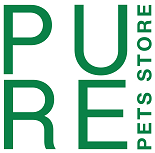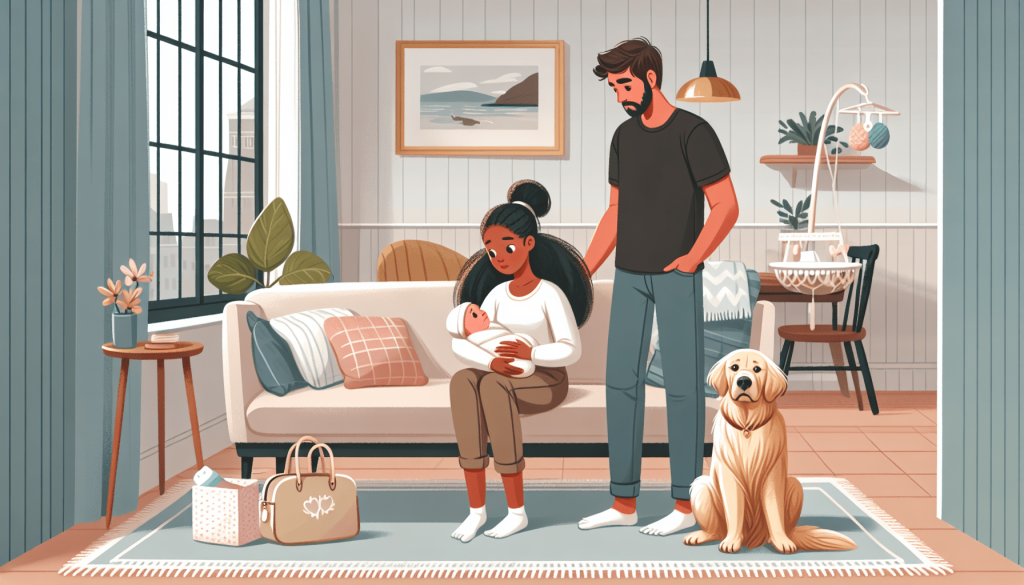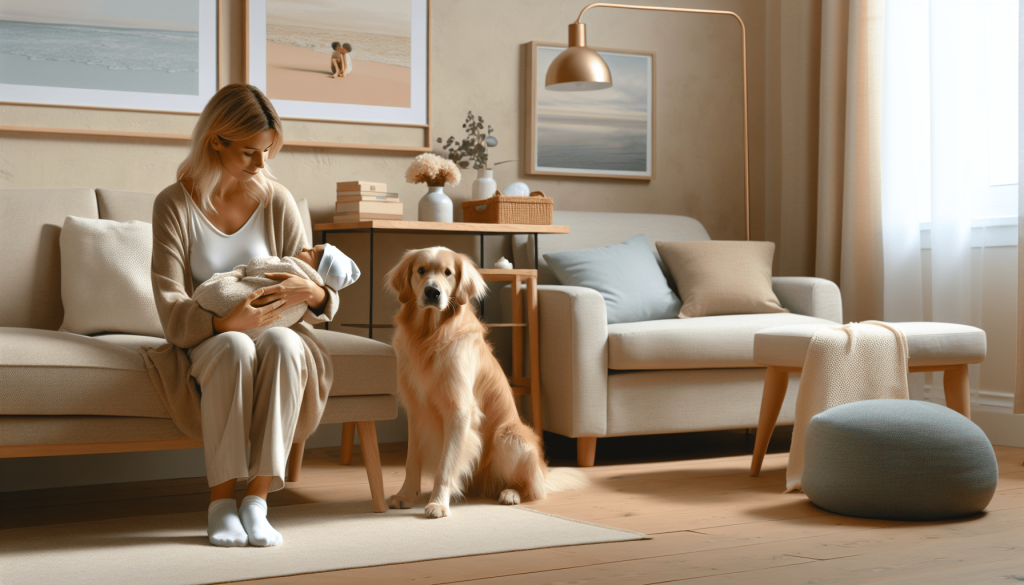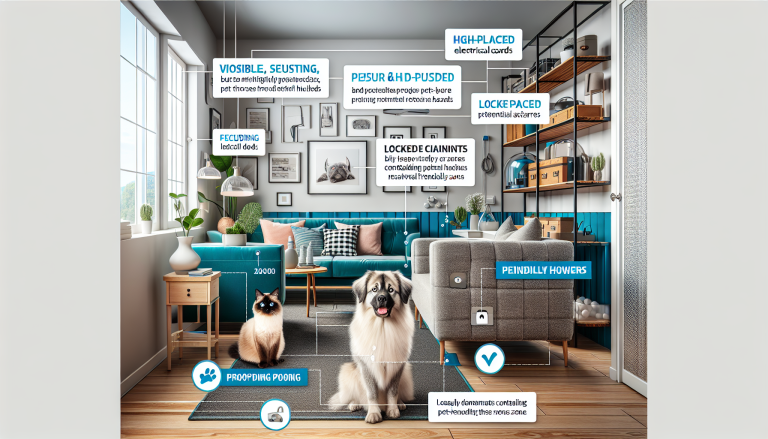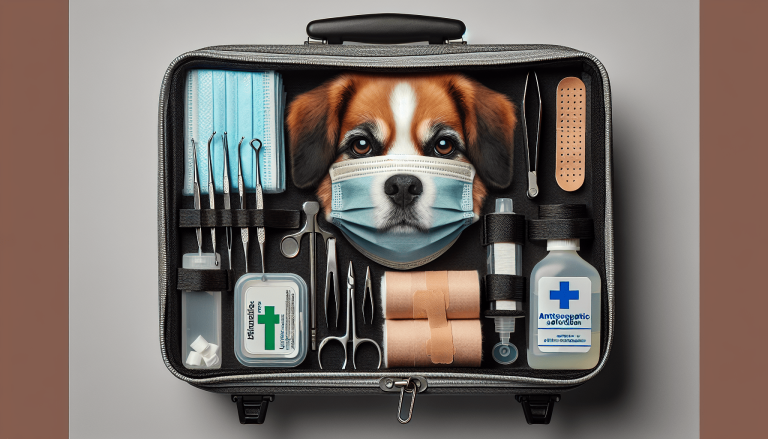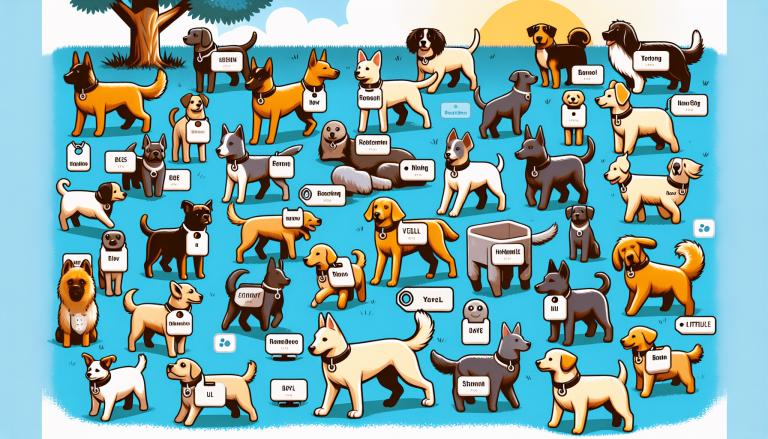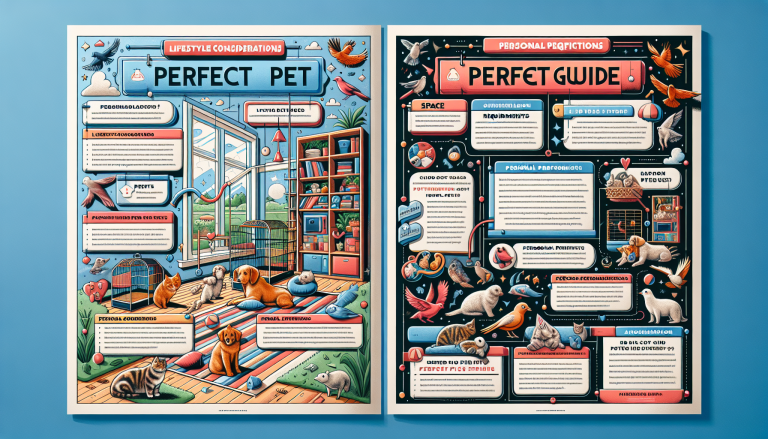Congratulations on the upcoming arrival of your new baby! As exciting as it is, it’s important to ensure a smooth transition for all family members, including your furry companion. In this article, you’ll discover some of the best ways to introduce your beloved dog to your precious new addition. By following these simple steps, you’ll help create a harmonious environment where both your dog and baby can thrive and enjoy a lifelong bond. So, let’s explore the best approaches to make this introduction a positive and memorable experience for everyone involved.
Table of Contents
TogglePreparing the Dog for the Arrival of the Baby
Update the Dog’s Training
Before the arrival of your baby, it is important to make sure your dog has a solid foundation of training. Brush up on basic obedience commands such as sit, stay, and come. Additionally, consider enrolling your dog in an obedience class or working with a professional trainer to address any behavioral issues that may arise. A well-trained dog will be easier to manage and will be more likely to respond positively to the changes that come with the arrival of a new baby.
Establish New Boundaries
With a new baby in the picture, it’s important to establish new boundaries for your dog. Determine which areas of the house will be off-limits to your dog, such as the nursery or certain furniture. Begin enforcing these boundaries before the baby arrives so that your dog starts getting used to the new rules. You can use baby gates or closed doors to physically restrict access to certain areas, and be consistent in enforcing these boundaries from the beginning.
Expose the Dog to Baby Sounds and Smells
To prepare your dog for the arrival of a new baby, it is beneficial to gradually expose them to baby-related sounds and smells. Play recordings of baby noises such as crying or cooing in the background to help your dog become accustomed to these sounds. Similarly, allow your dog to sniff baby items such as blankets, diapers, or lotions to familiarize them with the new scents. This exposure will help reduce potential anxiety or stress when the baby arrives.
Gradually Decrease Attention
As tempting as it may be to smother your four-legged friend with attention, it’s important to gradually decrease the amount of attention your dog receives before the baby arrives. This will help prevent your dog from feeling overwhelmed or neglected when the baby requires more of your time and attention. Slowly reduce the frequency and duration of playtime and cuddles, using this time to gradually transition your dog to a new routine that includes less one-on-one attention.
Creating Positive Associations
Use Positive Reinforcement
Positive reinforcement is a powerful tool for training dogs, and it can be especially helpful when introducing them to a new baby. Reward your dog with treats, praise, and affection when they exhibit calm and gentle behavior around the baby or during baby-related activities. By associating positive experiences with the presence of the baby, your dog will learn to see the baby as a source of positive attention and reinforcement.
Reward Calm and Gentle Behavior
When your dog shows calm and gentle behavior around the baby, be sure to reward them with praise and treats. This can include behaviors such as staying relaxed, sitting or lying down quietly, and refraining from jumping or barking. Rewarding these behaviors sends a clear message to your dog that being calm and gentle around the baby is desired and will result in positive attention and rewards.
Pair Baby Interactions with Pleasant Experiences
To create positive associations between your dog and the baby, pair interactions with pleasant experiences. For example, when your dog is near the baby, engage in activities that your dog enjoys, such as giving them their favorite toy or allowing them to play a game. This will help your dog associate the presence of the baby with enjoyable experiences, reinforcing positive feelings and behaviors.
Supervised Introductions
Start with Short and Controlled Interactions
When it’s time to introduce your dog to the baby, start with short and controlled interactions. Gradually increase the duration of these interactions over time as both your dog and the baby become more comfortable. Keep initial meetings calm and relaxed, ensuring that your dog is on a leash or securely restrained to prevent any accidental jumping or excessive excitement.
Monitor Body Language
During the supervised introductions, it is crucial to closely monitor both your dog’s and the baby’s body language. Look for signs of stress or agitation in your dog, such as stiff body posture, lip licking, whale eye (wide-eyed look showing white of the eye), or growling. Likewise, observe the baby for any signs of fear or discomfort. If either party shows signs of distress, calmly separate them and try again at a later time.
Maintain a Safe Distance if Necessary
If, after several attempts, your dog continues to show signs of discomfort or anxiety around the baby, it may be necessary to maintain a safe distance between them. This can be achieved by using baby gates or crates to physically separate the two. While it may be disappointing that they cannot interact immediately, your dog’s comfort and safety should always take priority.
Use Leash or Barrier for Added Safety
When introducing your dog to the baby, it is recommended to have them on a leash or behind a barrier for added safety. This allows you to have more control over the situation and prevent any unwanted behaviors or accidents. Keep in mind that even if your dog is typically well-behaved, the presence of a new baby can be an overwhelming and unpredictable experience for them.
Managing Initial Reactions
Redirect Negative Behaviors
If your dog displays negative behaviors, such as barking, growling, or jumping, it is important to redirect their attention and focus onto a more appropriate behavior. For example, if your dog starts barking at the baby, calmly call them away and give them a command to sit or lay down. Reward them for complying and redirect their attention to a toy or a puzzle feeder. This teaches your dog that alternative behaviors are more desirable and can help prevent further negative reactions.
Avoid Punishment
When managing your dog’s initial reactions to the baby, it is essential to avoid punishment. Punishment can create fear, anxiety, and aggression in dogs, which is counterproductive to creating a positive and safe environment for both your dog and the baby. Instead, focus on using positive reinforcement to reward appropriate behaviors and redirect your dog’s attention when they display unwanted behaviors.
Provide Separate Spaces
To ensure the safety and well-being of both your dog and the baby, it is important to provide separate spaces for each of them. This can include creating a designated area for the baby, such as a nursery or playpen, where your dog is not allowed. Likewise, provide your dog with their own space, such as a bed or crate, where they can retreat to when they need some alone time. Having separate spaces allows both your dog and the baby to have their own safe and comfortable areas.
Establish a Routine
Establishing a routine can help your dog adjust to the changes brought by the arrival of a new baby. Having a consistent schedule for meals, walks, playtime, and quiet time will provide structure and stability for your dog. When your dog knows their daily routine, they will feel more secure and less stressed, which can contribute to a positive and harmonious environment for the entire family.
Gradual Increase in Exposure
Expose Dog to Baby’s Belongings
To acclimate your dog to the presence of the baby, gradually introduce them to the baby’s belongings. Start by allowing your dog to sniff and explore items such as baby blankets, toys, or clothing. This will familiarize them with the baby’s scent and presence even before direct interactions occur. Be sure to supervise these interactions and provide positive reinforcement for calm and gentle behavior.
Allow Supervised Sniffing
Once your dog is comfortable with baby belongings, you can allow them to gradually sniff the baby while being closely supervised. Keep a short leash on your dog and ensure that their body language remains relaxed and friendly. Allow your dog to approach the baby at their own pace, rewarding them for calm and gentle behavior. Always be ready to intervene if any signs of anxiety or discomfort arise from either your dog or the baby.
Include Dog in Activities with Baby
As your dog becomes more comfortable around the baby, include them in activities that involve the baby. This can include supervised walks together, playtime in the same room, or even having your dog lay close to you while you feed or read to the baby. By including your dog in these positive and rewarding experiences, you are reinforcing their positive association with the baby and promoting a harmonious relationship.
Encourage Gentle Interaction
Once both your dog and the baby are comfortable, you can begin to encourage gentle interaction between them. This can include supervised petting sessions, allowing your dog to lick the baby’s feet or hands with caution, or sitting together as a family while stroking your dog’s fur and talking to the baby. Always ensure that both your dog and the baby are relaxed and comfortable during these interactions, and be prepared to intervene if any signs of stress or discomfort arise.
Teaching Appropriate Behavior
Teach ‘Leave It’ and ‘Drop It’ Commands
Teaching your dog the “leave it” and “drop it” commands is essential when introducing them to a new baby. These commands will help you redirect your dog’s attention away from potentially harmful or inappropriate objects or behaviors. Use positive reinforcement to train these commands, and be consistent in enforcing them throughout your dog’s interactions with the baby.
Teach Calm Settling
Teaching your dog to settle calmly in the presence of the baby is crucial for creating a peaceful and safe environment. Practice having your dog lie down or stay in a designated spot while you engage in baby-related activities. Reward your dog for calm behavior and gradually increase the duration of these settling sessions. This will help your dog learn to be calm and relaxed around the baby, promoting a positive and stress-free atmosphere.
Teach Boundaries with Personal Space
It is important to teach your dog to respect the baby’s personal space. This can be achieved by setting boundaries and reinforcing good behavior. For example, teach your dog to keep a respectful distance from the baby’s crib or play area, and reward them for complying. Consistency is key in reinforcing these boundaries and ensuring that your dog understands what is expected of them in terms of respecting the baby’s personal space.
Maintaining Regular Exercise and Attention
Continue Regular Exercise Routine
Even with the arrival of a new baby, it is crucial to maintain your dog’s regular exercise routine. Regular exercise not only helps keep your dog physically fit but also helps them release energy and reduce potential anxiety or stress. Find creative ways to incorporate exercise into your daily routine, such as going for walks with the baby in a stroller or engaging in interactive playtime while the baby is napping. Remember, a tired dog is a well-behaved dog!
Ensure Quality One-on-One Time with the Dog
While the demands of caring for a new baby can be overwhelming, it is important to ensure that your dog still receives quality one-on-one time with you. Set aside dedicated time each day to engage in activities that your dog enjoys, such as playing fetch, going for a walk, or simply cuddling on the couch. This will not only strengthen the bond between you and your dog but also help alleviate any feelings of neglect or jealousy that may arise with the arrival of the baby.
Monitoring and Supervision
Never Leave Dog and Baby Unattended
One of the most important rules when introducing your dog to a new baby is to never leave them unattended together. Even if your dog has shown positive behavior, accidents or unpredictable situations can still occur. Always ensure that there is a responsible adult present when your dog is interacting with the baby. This ensures the safety of both your dog and the baby and allows for prompt intervention if any issues arise.
Use Baby Gates or Crates as Needed
In situations where you cannot directly supervise interactions between your dog and the baby, it may be necessary to use baby gates or crates to separate them. Baby gates can be installed to restrict your dog’s access to certain areas of the house, while crates provide a safe and secure space for your dog when you cannot actively monitor their interactions. These tools can help prevent any unwanted incidents and provide peace of mind.
Be Proactive in Identifying Stress Signals
As you integrate your dog and the baby into your daily routine, it is important to be proactive in identifying any stress signals from your dog. Signs of stress or discomfort can include panting, excessive drooling, pacing, avoiding eye contact, or seeking constant reassurance. If you notice any of these signs, it may be necessary to temporarily adjust the level of interaction between your dog and the baby, and consult with a professional if needed.
Seeking Professional Help if Needed
Consult a Canine Behaviorist
If you encounter significant challenges or if your dog is exhibiting concerning behaviors towards the baby, it is advisable to consult a canine behaviorist. They are experts in dog behavior and can provide guidance on how to address specific issues and create a harmonious environment for both your dog and the baby. A behaviorist can also help assess your dog’s individual needs and develop a tailored plan specifically for your situation.
Consider Dog Training Classes
Participating in dog training classes can be immensely beneficial when introducing your dog to a new baby. Not only do these classes provide valuable training techniques, but they also expose your dog to controlled socialization opportunities. This can help improve your dog’s overall behavior and confidence, making them more adaptable to the changes brought by the baby’s arrival.
Address Any Aggression or Anxiety Issues
If your dog displays signs of aggression or anxiety towards the baby that cannot be addressed through basic training or management strategies, it is crucial to seek professional help. Aggression or anxiety in dogs can be dangerous and should be addressed by a qualified professional who specializes in canine behavior. They can help implement specific behavior modification techniques and develop a comprehensive plan to manage and reduce these issues.
Patience and Consistency
Be Patient with the Process
Introducing your dog to a new baby is a gradual process that requires patience. Each dog is unique and will adapt to the changes at their own pace. Be patient with your dog and understand that it may take time for them to fully adjust to the presence of a new family member. Avoid rushing the process and allow your dog to become comfortable and confident in their new role.
Consistently Reinforce Positive Behavior
Consistency is key when introducing your dog to the baby. Consistently reinforce positive behavior by rewarding your dog for calm and gentle interactions, following the established routines, and consistently enforcing boundaries. Dogs thrive on consistency and repetition, so providing clear expectations and guidelines will help your dog understand what is expected of them and encourage desired behavior.
Tailor Approach to Individual Dog’s Needs
While general guidelines can be helpful, it is important to tailor your approach to the specific needs of your individual dog. Every dog has their own personality, temperament, and history that can influence how they respond to the arrival of a new baby. Take into consideration your dog’s unique traits and adjust your approach as needed. This personalized approach will increase the chances of success and create a positive and harmonious relationship between your dog and the new baby.
In conclusion, introducing your dog to a new baby requires careful planning, patience, and positive reinforcement. By updating your dog’s training, establishing new boundaries, and gradually exposing them to baby-related sounds and smells, you can prepare them for the arrival of the baby. Supervised introductions, managed initial reactions, and gradual exposure will help ease the transition for both your dog and the baby. Teaching appropriate behavior, maintaining regular exercise and attention, and providing monitoring and supervision are crucial for fostering a safe and harmonious environment. Seeking professional help when needed, practicing patience and consistency, and tailoring your approach to your dog’s needs will ensure a successful integration and create a lifelong bond between your dog and the new addition to your family. With the right preparation and guidance, introducing your dog to your new baby can be a joyous and rewarding experience for everyone involved.
